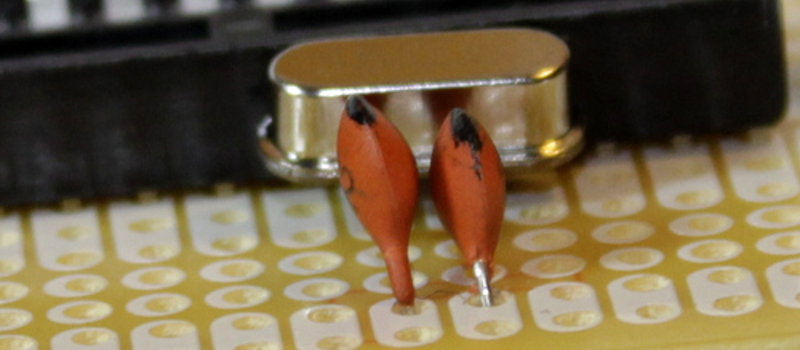FreshmanNewbie
Full Member level 6
This question is asked to understand the difference between "Full Swing crystal" and what it the low power crystal?
Can someone tell me what is the basic difference and how will it impact in simple terms?

 hackaday.com
hackaday.com
Can someone explain the article in simple terms about its impact?
Can someone tell me what is the basic difference and how will it impact in simple terms?
--- Updated ---
My question is based on this article:This question is asked to understand the difference between "Full Swing crystal" and what it the low power crystal?
Can someone tell me what is the basic difference and how will it impact in simple terms?

Atmel Removes Full-Swing Crystal Oscillator
It is one of our favorite chips, and the brains behind the Arduino UNO and its clones, and it’s getting a tweak (PDF). The ATmega328 and other megaX8-series chips have undergone a subtle desi…
Can someone explain the article in simple terms about its impact?
Last edited: